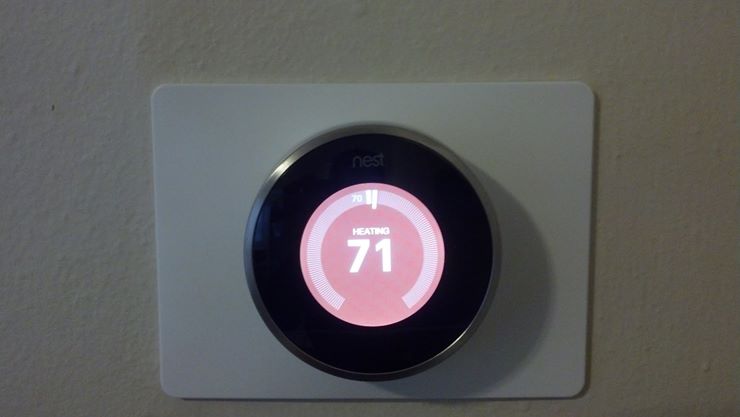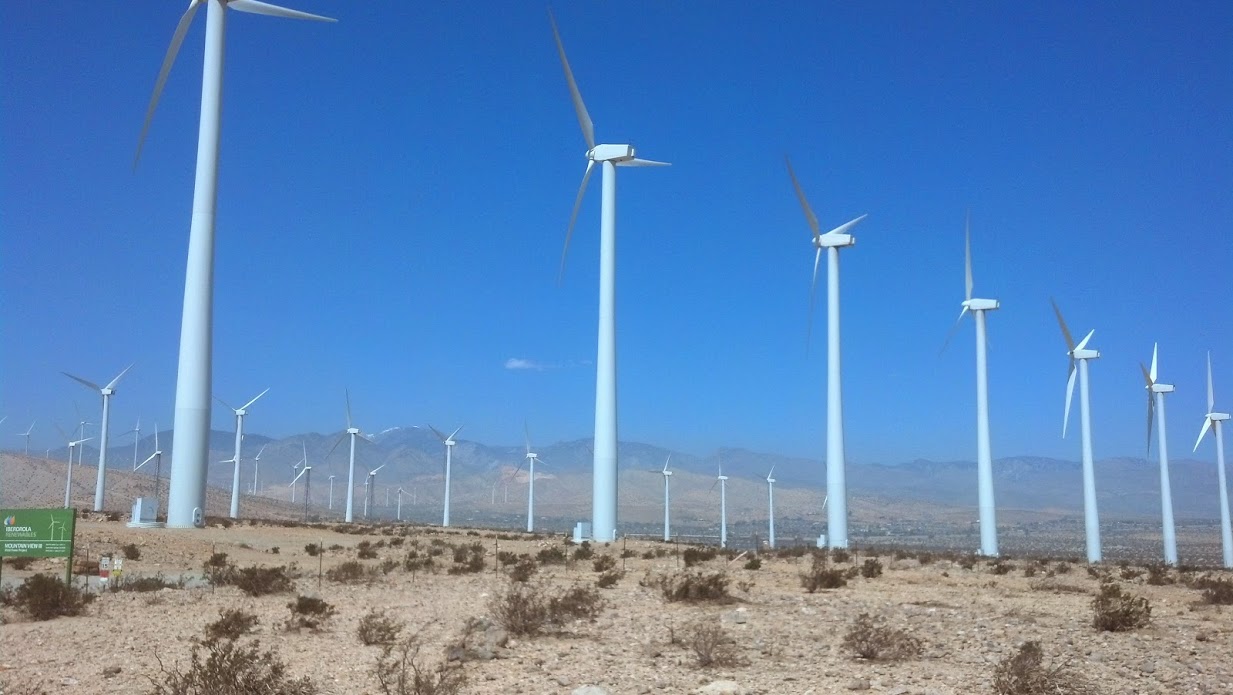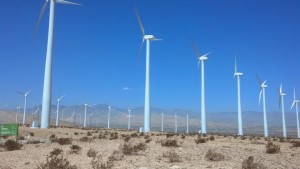I recently purchased a Nest Thermostat, I’ve gotten tons of questions from friends and family about it so figured I would write a blog post on it and direct anyone with questions here:
Step 1: Turn off the power to your furnace and thermostat, then decide if your system will work with a nest? Any low voltage system works with a nest, according to their website they say that is ~95% of all home systems. A real easy way to check is to pull off the cover plate on your thermostat, and check the back. If it says less than 95 volts you are good to go (for reference mine was installed in 1982, and was listed as 25 Volts). A quick picture of what removing the cover plate looks like is below:
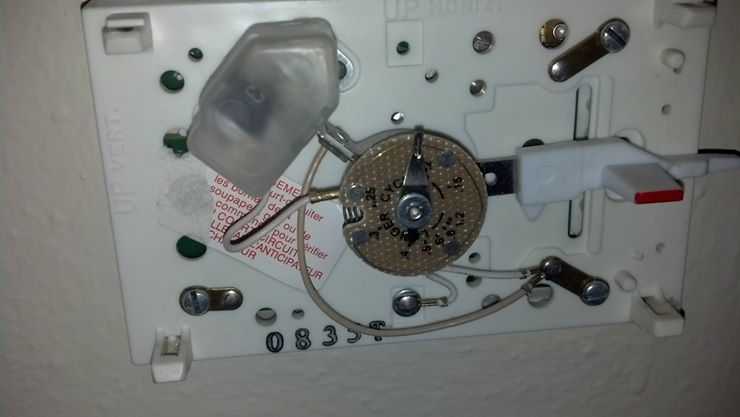
Step 2: After you have determined that your system will work with nest, its time to buy and install one. This is very straightforward, and they come with solid directions. The first one I installed took about 25 minutes, the second one took about 10. To start with you have to fully remove the cover plate on the wall (not just the cover plate from step 1 above, there is actually a second plate that needs to be removed) See picture below:
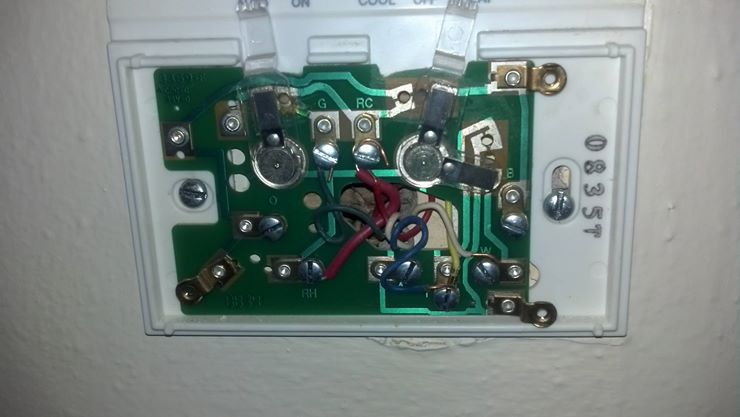
A couple notes from this picture:
-You will have an extra “jumper” wire or 2 that don’t hook to anything once you install the nest, that’s fine these are no longer needed
-You will have a big hole where your old thermostat was, dont worry Nest provides a plate to cover up this hole
-Once you unhook the wires from the plate, and unscrew it make sure to hold onto them as you remove the old cover so wiring does not fall back into the wall
-If you are the one installing the nest, make sure to download the app onto your phone so you can exert unilateral control of the thermostat from wherever you are!
The Final Result and Cost Savings
-First full month with Nest installed my heating bill was 113.21, My previous months heating bill was 157.23.
-Second full month my bill stayed pretty constant at 110.51 (both of those are great savings!)
-As its starting to heat up and the AC is needed, I’ve saving a ton of money by not cooling the house much during the day.
Miscellaneous notes:
I’ve found after installing and living with the Nest for several months that is its well made product, and it is really promoting me to be more energy conscious. It gives me the “leaf” scores, and almost gameifies energy savings a bit. I’ve found myself not using the AC much during the day, and then just opening the windows at night to cool the house down… I spend a lot of time in the basement anyway so its has been surprisingly easy for me. In conclusion if you are on the fence about getting a nest, Do it! And if you have an old “dumb” thermostat you will save enough money to pay the nest off in a year or two so its more than worth it “financially”
